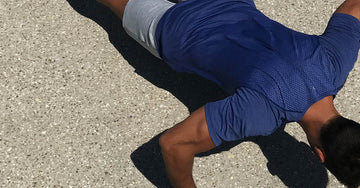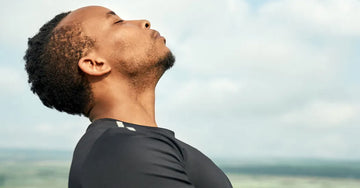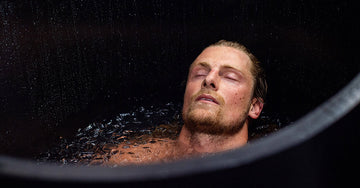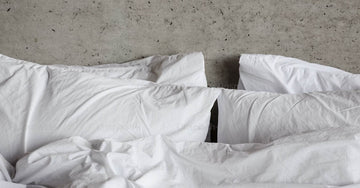How To Pack On Muscle When You Have Zero Equipment

The absence of exercise equipment can limit your options but it’s definitely not stopping you from packing on some serious muscle mass. So, here’s how you can increase muscle mass with zero equipment.
Progressive overload
In order to increase muscle mass, you’ll need to implement one of the fundamental training principles: progressive overload. This is defined by the gradual increase of stress placed upon the body during exercise to stimulate adaptations. This is often expressed as training volume (e.g. weight x reps x sets). However, without equipment this can be challenging to objectively measure and manipulate. Therefore, we must be creative in how we alter the training variables with the exercises to increase the stress load on our bodies.
This may include weight, repetitions, sets, rest period, repetition tempo (downward/upward phase and pause time), range of motion, total training duration, complexity of your movements, training frequency and intensity. Take a push up for example, we can increase the intensity by increasing the reps, sets, range of motion, repetition tempo with shorter rest duration or we can increase the complexity by doing a variation like an archer push up or using a bench to prop our feet onto. Whether your goal is to get bigger, faster, stronger, or just fitter, progressive overload should be the guiding principle in all training programs.
Nutrition
When progressive overload is implemented it increases demands on our bodies both physically and mentally. Therefore, our bodies require more sustenance to optimise recovery and muscle gain. As a general rule, in order to put on muscle mass you must consume more energy (calories or kilojoules) than you expend. This is also known as a calorie surplus. Unfortunately, there’s no one size fits all diet as everyone has different caloric requirements depending on their age, height, weight, sex and activity levels, to name a few variables. This is why it’s worthwhile visiting a dietician or nutritionist to fine-tune your nutrition and make sure you’re getting the right quality and quantity of fuel that your body requires.
Rest and recovery

Sleep is one of the most important factors when it comes to muscle growth. Sleep is a time when information processes and consolidates, tissues grow and repair, and the management of hormonal activity occurs. It’s also important to take a holistic approach to rest and recovery if you’re wanting to optimise your performance and results. Personally, I like to categorise rest and recovery into three different groups:
Active: Stretching, foam rolling, spa, sauna, steam room, hot/cold therapy, hydrotherapy, breathing exercises and light movement (eg. walking).
Passive: Sleep, naps, meditation, massage and sitting still in contemplation.
Social: Spending time with family and friends.
Consistency
As the old saying goes, “Rome wasn’t built in a day”. Physiological adaptations take time so be patient and trust in the process.
Personally, I find having the knowledge and creativity to train without equipment has been a great way to break down barriers, prevent relapses or plateaus, be consistent and most importantly have fun.




